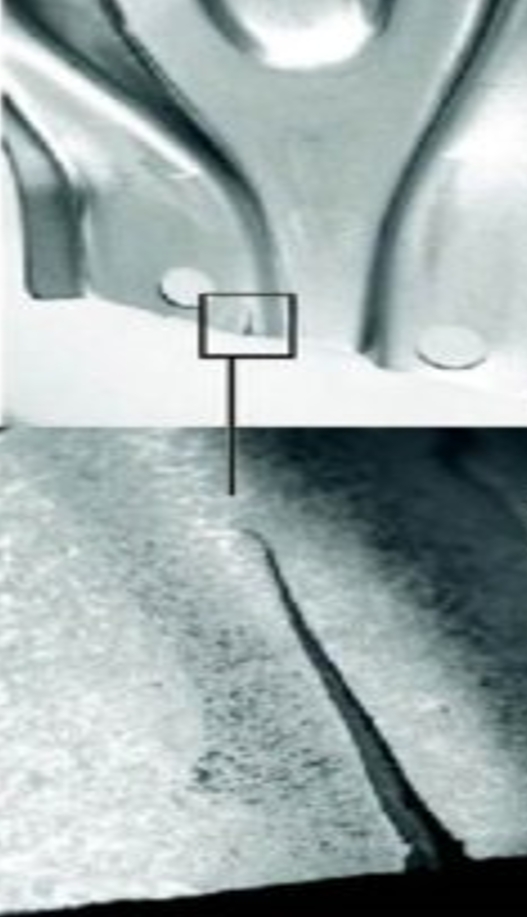LAMBDA
Current model predictions of fracture in thin structures (such as those encountered in materials for transport technologies) are poor, especially in the presences of low levels of triaxial stress. There is a lack of understanding of damage micromechanisms in these conditions as damage features are very small, and material failure after a load path change cannot be predicted.
The aim of LAMBDA is to study damage micromechanisms at low levels of stress triaxiality and under biaxial load path changes using in-situ 3D imaging of large flat samples over multiple length-scales ranging from nanometres to millimetres. Concentrating in particular on aluminium alloys, these hierarchical imaging experiments will provide quantitative data as input and validation for better model prediction of damage under these conditions, advancing the understanding of the link between microstructure and damage micromechanisms and, at the end of the day, guidelines for the production of lighter materials.
|
|
|
|




